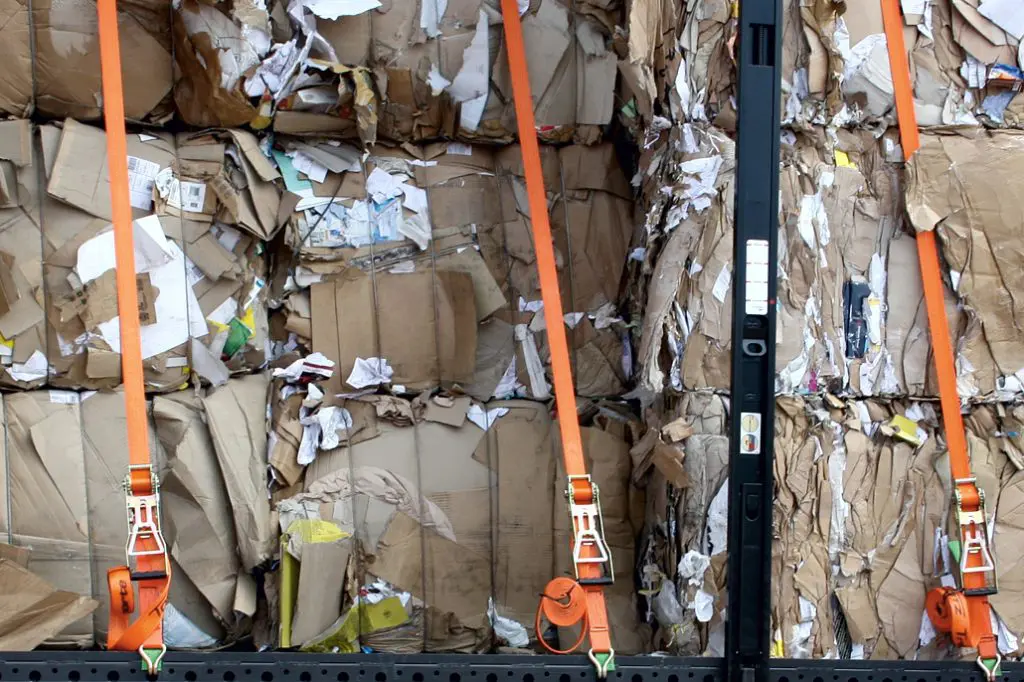Shutdowns in many countries and people staying at home are changing the business of scrap paper.
The year 2020 had got off to a promising start: demand was good even though prices were low. This resulted in large volumes being exported to India, Indonesia, Thailand and Vietnam. Even though shipping lines increased their freight rates considerably, the mills were in such need they paid the extra. So CIF prices for OCC went up from US$ 85 in January to as much as US$ 150 in early March.
When the coronavirus struck in Europe, collections took a big step back. Local mills are now struggling in finding their raw material and are trying to secure as much as they can.
A positive factor is that most countries, and especially India, are in lockdown so are not able to take imported shipments from ports. The Indian restrictions were due to be eased in mid-April so, while most exporters are not shipping yet, business is expected to start slowly again by May. Freight rates are already under pressure so falls could be seen then, too.
US angle
In the US, prices for old corrugated containers (OCC) and many other grades of recovered paper were strongly on the rise in early April due to lower than normal material generation and ample demand from containerboard mills. The impacts during April of the Covid-19 related business shutdowns across the country remained an unknown variable but some traders projected OCC shortages that could result in mill shutdowns by the end of the month.
Before state governments began closing ‘non-essential’ businesses across the country, demand for US containerboard was strong. February production was up 10% compared to February 2019, and production during the first two months of 2020 was up 7 %, according to the American Forest & Paper Association (AF&PA). February 2020 production of containerboard for export increased 55% compared to the same month last year and was up 46% year-to-date, AF&PA said.
Panic buying
Aside from Covid-19 itself, perhaps the biggest news story at the outset of the pandemic was the panic buying of toilet paper that left retail shelves empty for much of the month. This also occurred in a number of other countries including the UK. The situation may have been at least partially responsible for an improvement in prices for sorted office paper (SOP) and other chemical deinking grades.
Generally, however, the toilet paper shortages were in the at-home products, which are made in large part with virgin fibre. Demand for away-from-home products, which use more recovered fibre, was expected fall off because of the closures to businesses, schools, hotels and institutional buildings. Regardless, SOP prices in mid-March reached their highest marks since the spring of 2019. Sources said prices continued to strengthen at the beginning of April.
With the full impact of Covid-19 shutdowns still being measured, traders said containerboard mills contained to run strong. Retail generation of OCC realised a temporary boost in early March, as panicked shoppers flooded to the stores. However, retail supply, along with generation from closed industrial and commercial businesses, dwindled by the end of the month.
The full paper market analysis will be published in the upcoming issue of Recycling International.
Don't hesitate to contact us to share your input and ideas. Subscribe to the magazine or (free) newsletter.



